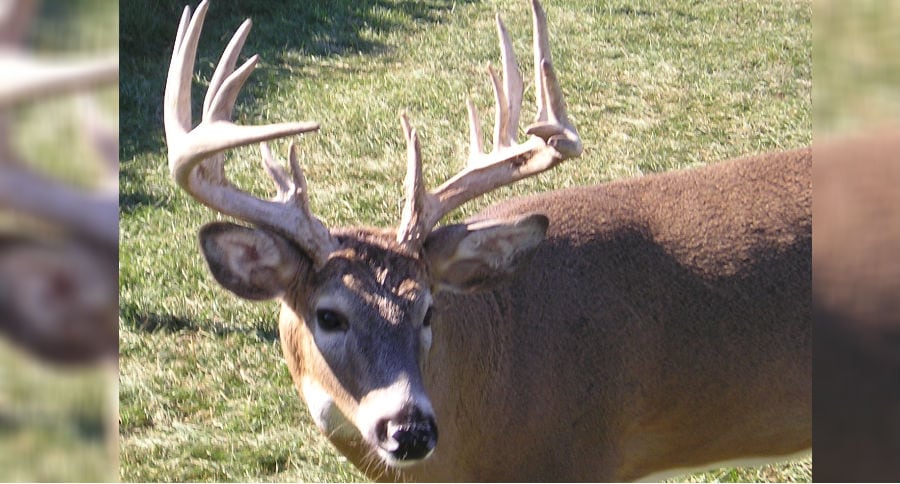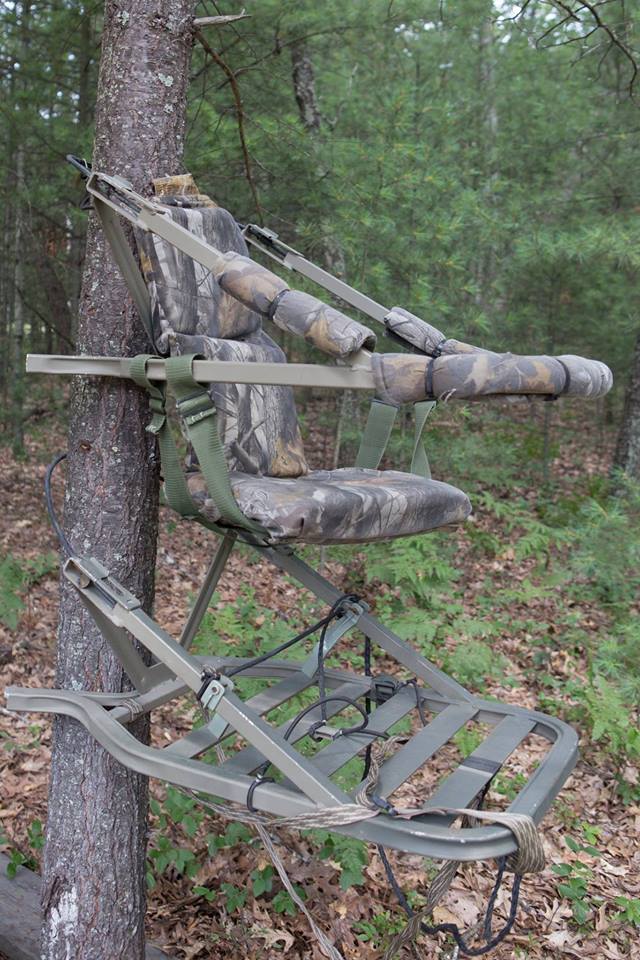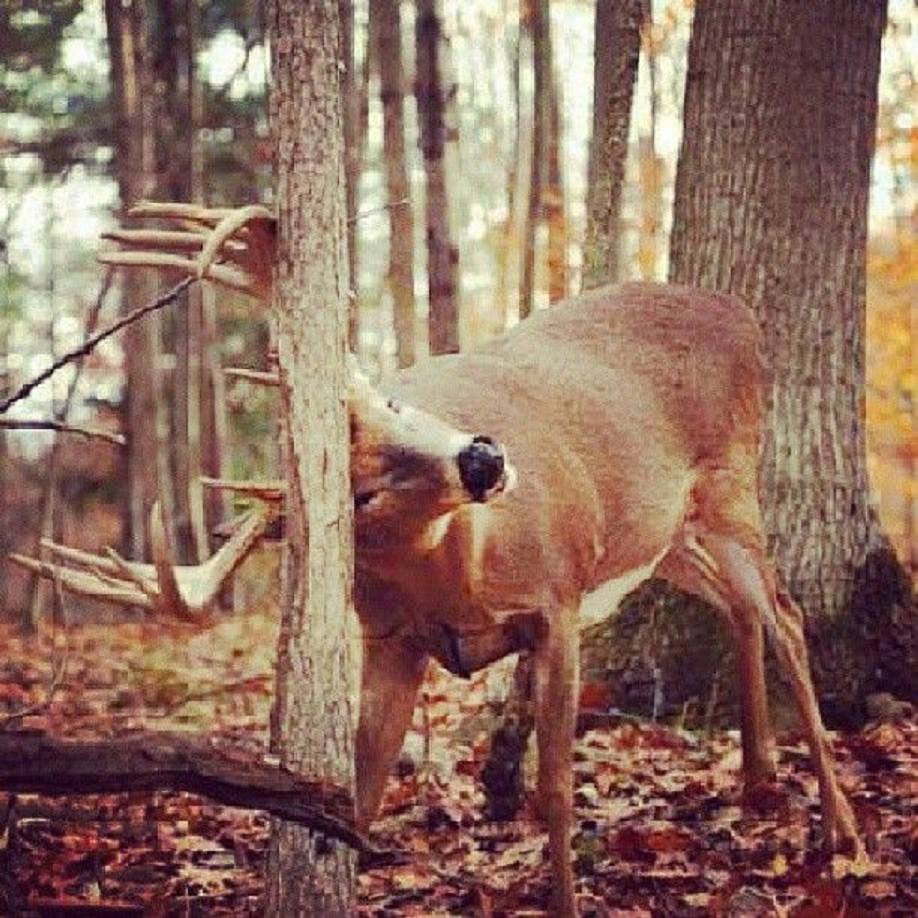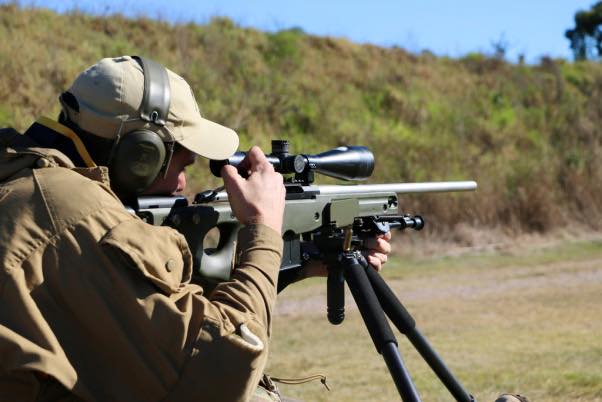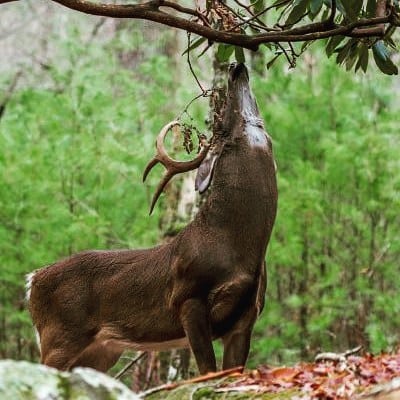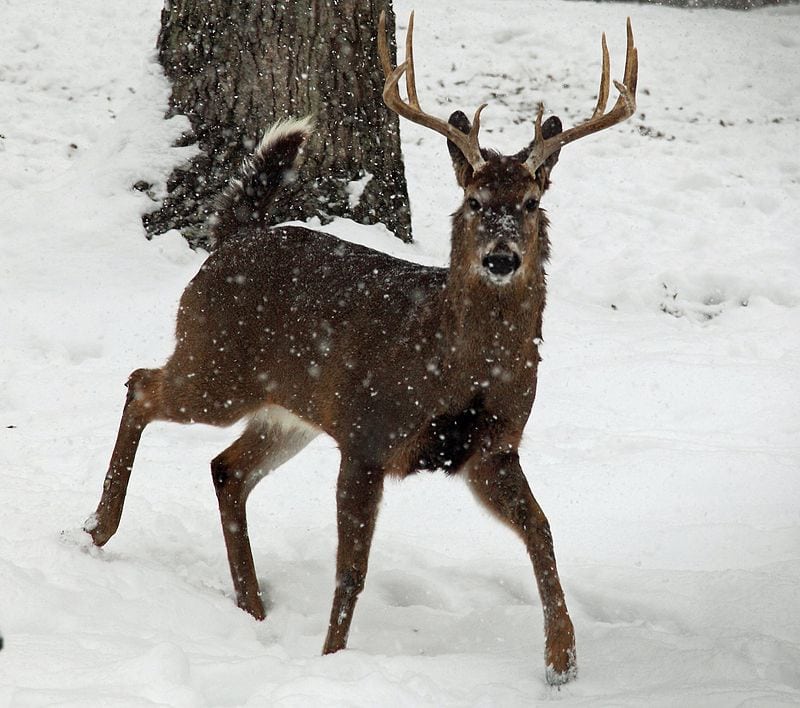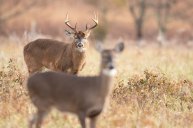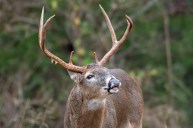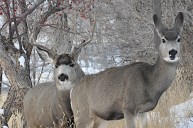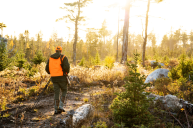What's going through a deer's mind prior to the season? We have some ideas.
Fall and deer season are rapidly approaching in most parts of the country and our excitement is starting to reach a high. As we hunters go through last-minute preparations for the big first hunt of the year, we start to wonder.
Just what are the deer thinking prior to the season's start?
We have some ideas on that and here are our 10 best guesses at what is going through a deer's mind prior to the season.
"Where are the does?"
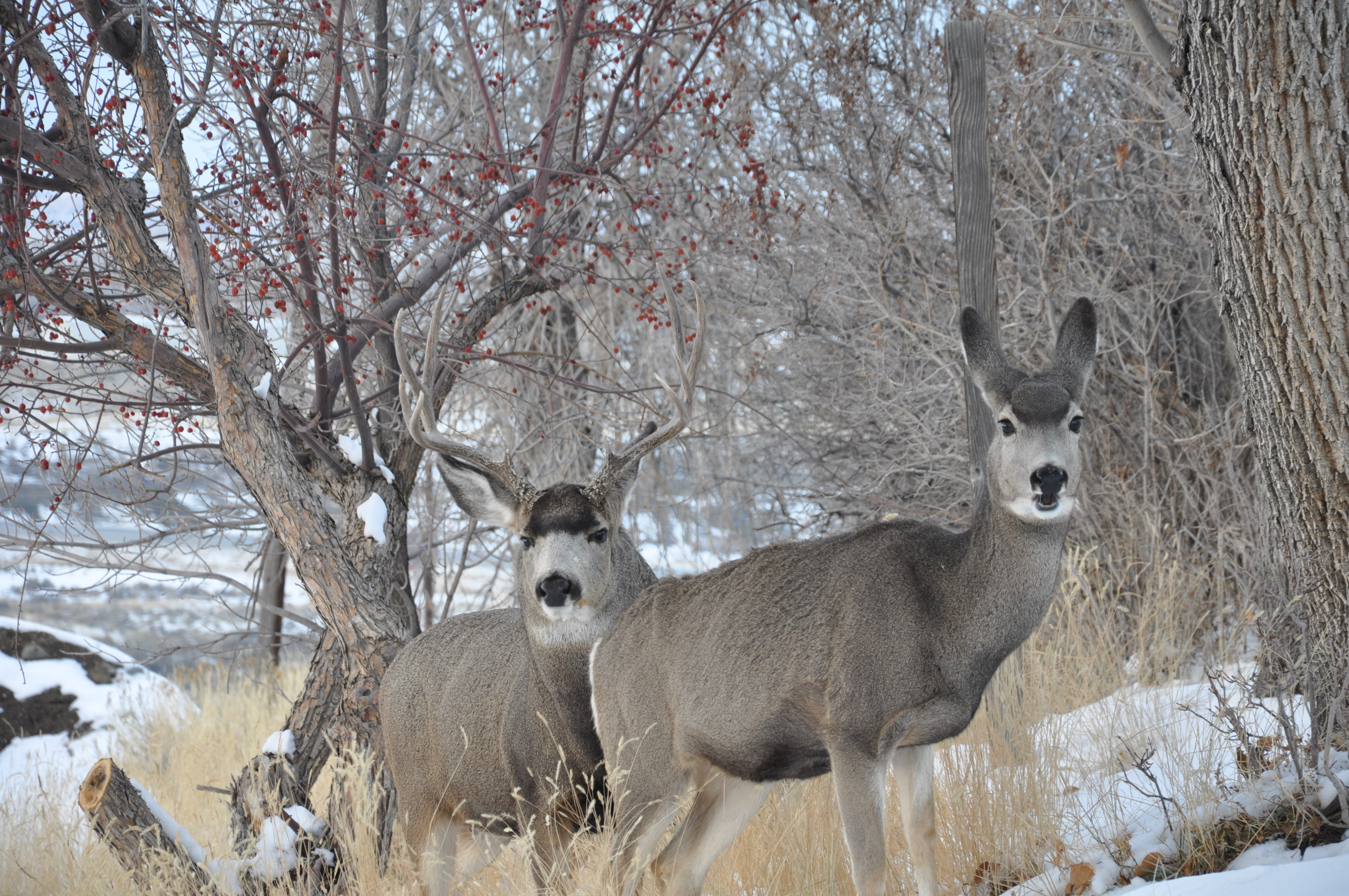
Travis Smola
Hunting seasons coincide with breeding season for deer so a deer's natural instincts during the rut are in play at the same time we're headed into the woods. This is really the absolute biggest advantage we as hunters have on deer at this time of year.
I know personally, two of the three biggest bucks hanging on my wall wouldn't be there had they not been distracted by a doe in the area. In the case of my biggest buck ever, a doe pulled him past my blind at just 15 yards. I'll be the first to admit it was luck and not skill on that one.
"Well, I guess I'll only start appearing on trail cameras at night now."
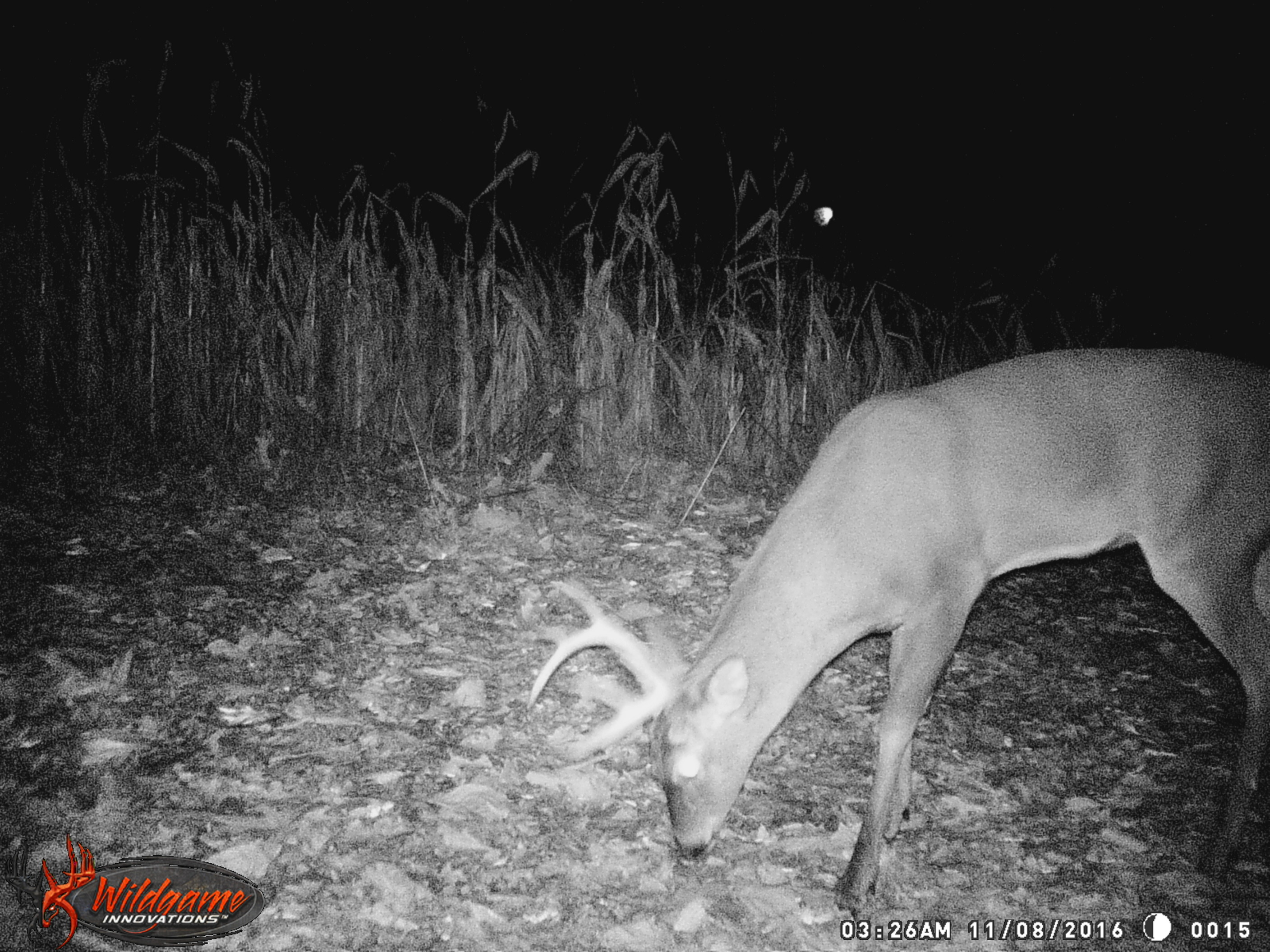
Travis Smola
Seriously, how do they know? Especially before archery season begins? It's like someone is leaving the regulation book full of deer hunting season dates in the woods. Year after year, we get trail camera photos all summer long of these big bucks and then a week or two before the season, the big bucks go completely nocturnal. We're pretty sure they do this on purpose just to be jerks.
It sometimes seems the more mature bucks get cockier and cockier each season they manage to fool us. They might appear on camera more and more often in the summer before they suddenly change their pattern right at the last minute before the season arrives.
"Is he really hanging his treestand in the same spots this year?"
Deer certainly aren't dumb and they are going to notice after a while if you keep putting your tree stand or ground blinds in the same places year after year. The mature bucks will pattern you pretty easily.
That's not to say you can't shoot a big buck from one of these stands. Any buck can make a mistake in the rut. But you'll often find the deer hunters who have the most success are the ones who are constantly shaking things up with their stand and ground blind locations. Many don't hunt the same spot twice in a season.
"I need to mark my territory."
Big bucks need to mark out the borders of their territory. Prior to hunting season they do this most often through rubs and scrapes. Scrapes are used as a kind of community bulletin board and are visited by both bucks and does throughout the season.
Rubs are a combination of bucks venting some of their rut frustrations and a way to mark their territory through both a visual and scent aid because there are glands on a buck's head that release scent onto these markers.
New deer rubs and scrapes can mark the arrival of a new buck in the area and serve as a challenge to an area's resident dominant buck.
"Where can I fatten up for winter?"
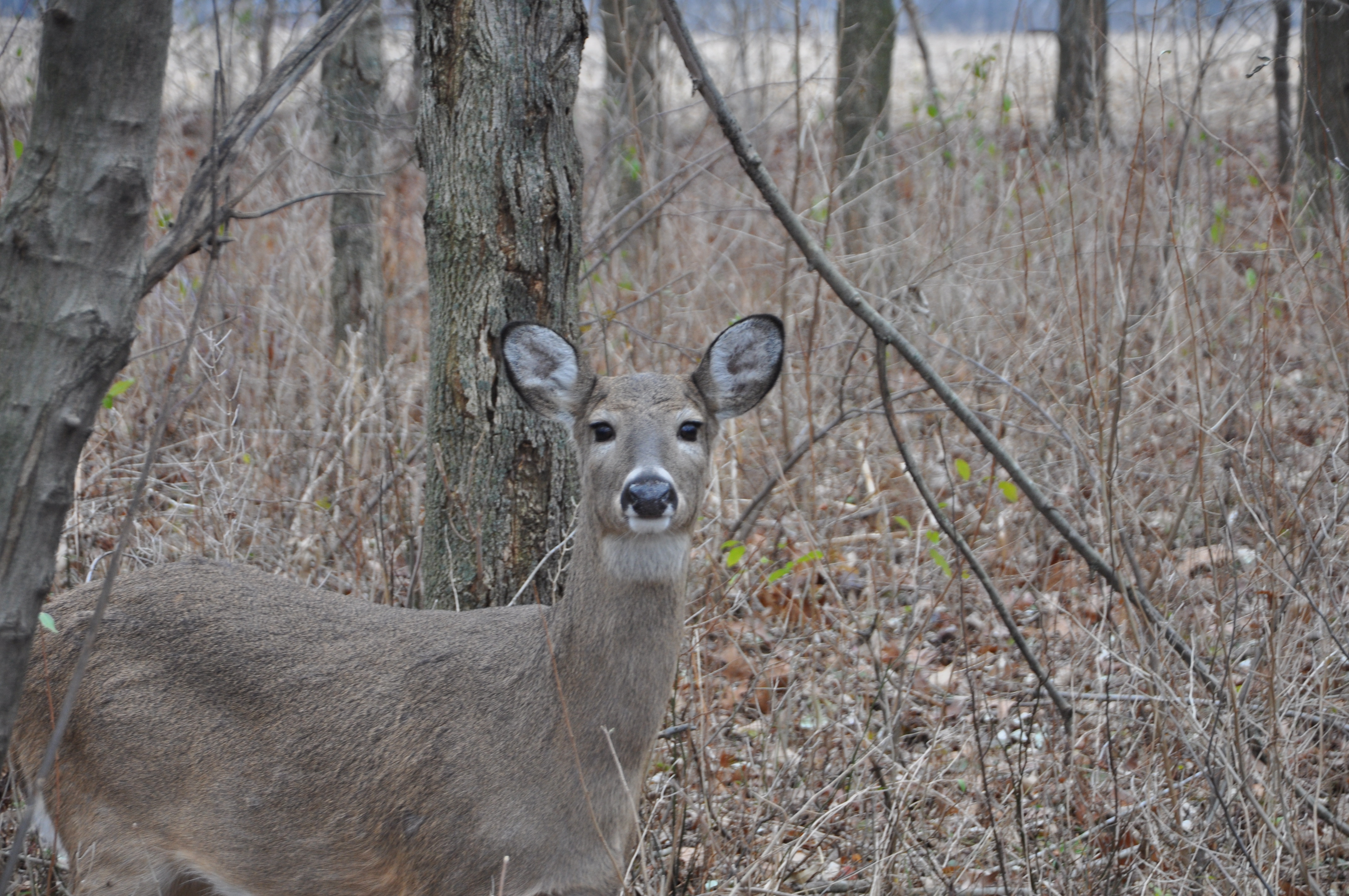
Travis Smola
Secondary on every deer's mind this time of year is figuring out when and where they can pack on the pounds before winter. Obviously the harsher the winter, the bigger this will factor in to a deer's mindset.
Of course, during the rut, many bucks become single-minded and wear themselves down to the point that feeding becomes secondary until December or January. This is why late muzzleloader season or archery season over food sources can be so productive.
"I need to conserve energy."
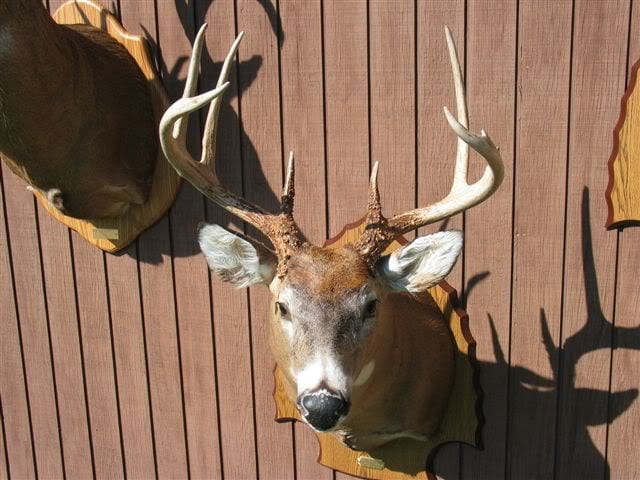
Travis Smola
This may be the biggest thing most mature bucks have going through their mind prior to hunting season. The rut is a long and grueling time of year. Bucks eat little and burn off a lot of body weight chasing does and fighting rivals in a very short period of time. I've seen trail camera photos of bucks that were extremely fat at the end of summer and were incredibly skinny in late November after being shot.
That is why you'll see bucks out eating as much as they can in the later summer and then spending large amounts of time during the day on their bellies resting during the rut. Unfortunately, this also makes them harder to find during the middle of deer season.
"Is he really sighting in his rifle the day before the season starts?"
In high pressure states like Michigan, Wisconsin or Iowa the deer know when firearms season is coming just from all the shots in the days before. But it really becomes obvious the day before the season when far too many hunters head out at 3-4 p.m. to check their sights at the last minute.
You might as well put up a big neon billboard that says: "I'll be in the woods in that tree stand tomorrow waiting for you!"
Sadly, there isn't much the average hunter can do to change this. It's just a part of deer hunting season.
"Time to head for my sanctuary."
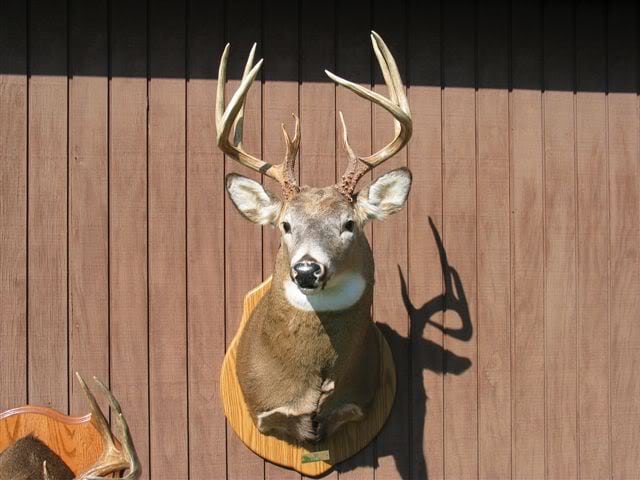
Travis Smola
If you're a public land deer hunter you've likely experienced the frustration of a closed-off piece of private property or some type of preserve bordering your hunting area. It's even more aggravating if the area is completely closed to hunting because it gives deer a safe space to hide through the whole season. But it can also work to your advantage sometimes.
In a situation like this, it's best to set up a ground blind or treestand on an escape route into one of these properties and hope you catch that big buck off guard and on the wrong property once the shooting starts. This was how I harvested my first buck (the 133-inch 10-pointer in the photo above). He made the mistake of being on the wrong property on opening morning and I caught him on private land as he was heading to a nearby property that was then off limits to hunters. Sadly, that property changed hands and now has hunters. As such, the bucks no longer seem to use it as a sanctuary. If you can find a spot like this, it is best to take advantage as long as you can.
"This moron left his scent everywhere!"
In the weeks prior to hunting season, it's probably best to spend as little time as possible in your deer hunting area. And, when you do have to be there, spend as little time there as possible. Obviously, keeping human impact to a minimum is much easier on private land than public land, but you should at least try.
It's an easy mistake to make. Just remember, the more time you spend in the area, the more scent you leave behind. Accordingly, the more likely it'll be the mature bucks will change their habits to reflect that.
"Survive at all costs."
This may seem obvious, but too often we as deer hunters don't think about how great a deer's survival instincts really are. Similarly, we often don't appreciate the lengths they'll go to survive another year. A doe has no qualms about abandoning her fawns to save herself.
Mature bucks have no problem moving miles away to a completely new area if they are caught off guard even once. This is why they're so frustrating to hunt. They're survivors and they aren't easily fooled, but that's also part of what makes it so satisfying to harvest one, too.
NEXT: #WHITETAILWEDNESDAY: NOT EVERY BIG BUCK IS POACHED OR A "HIGH FENCE" DEER
WATCH
